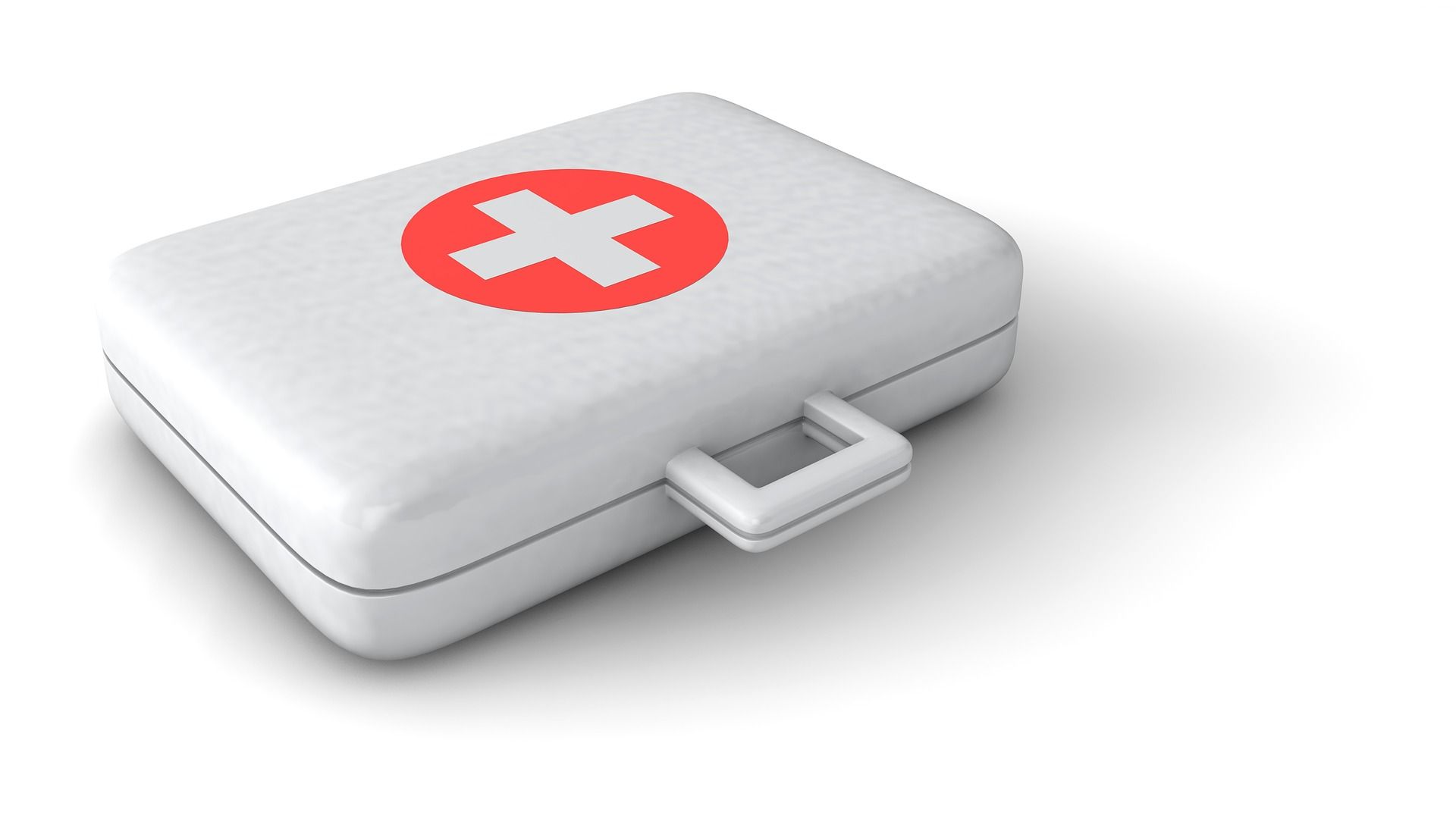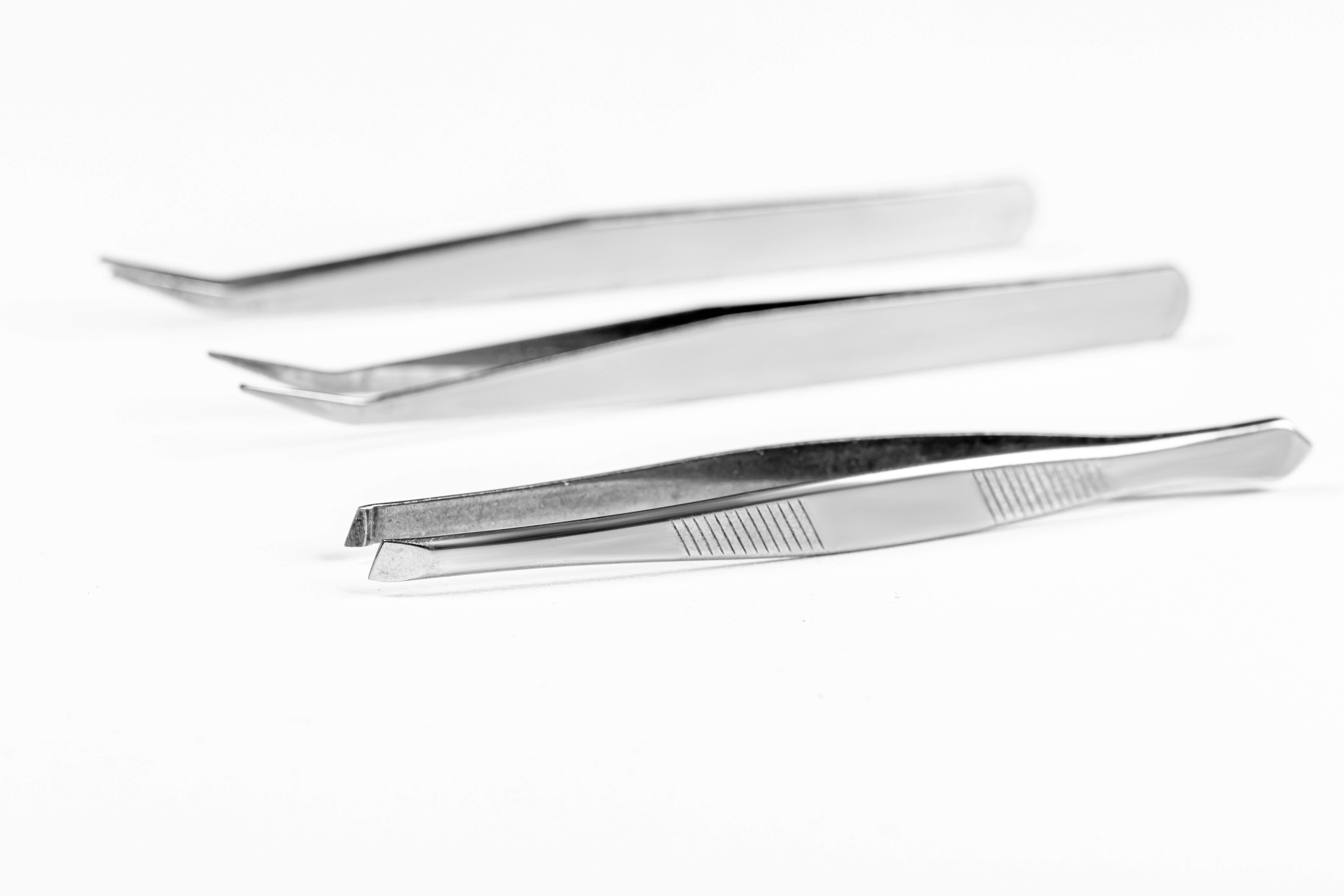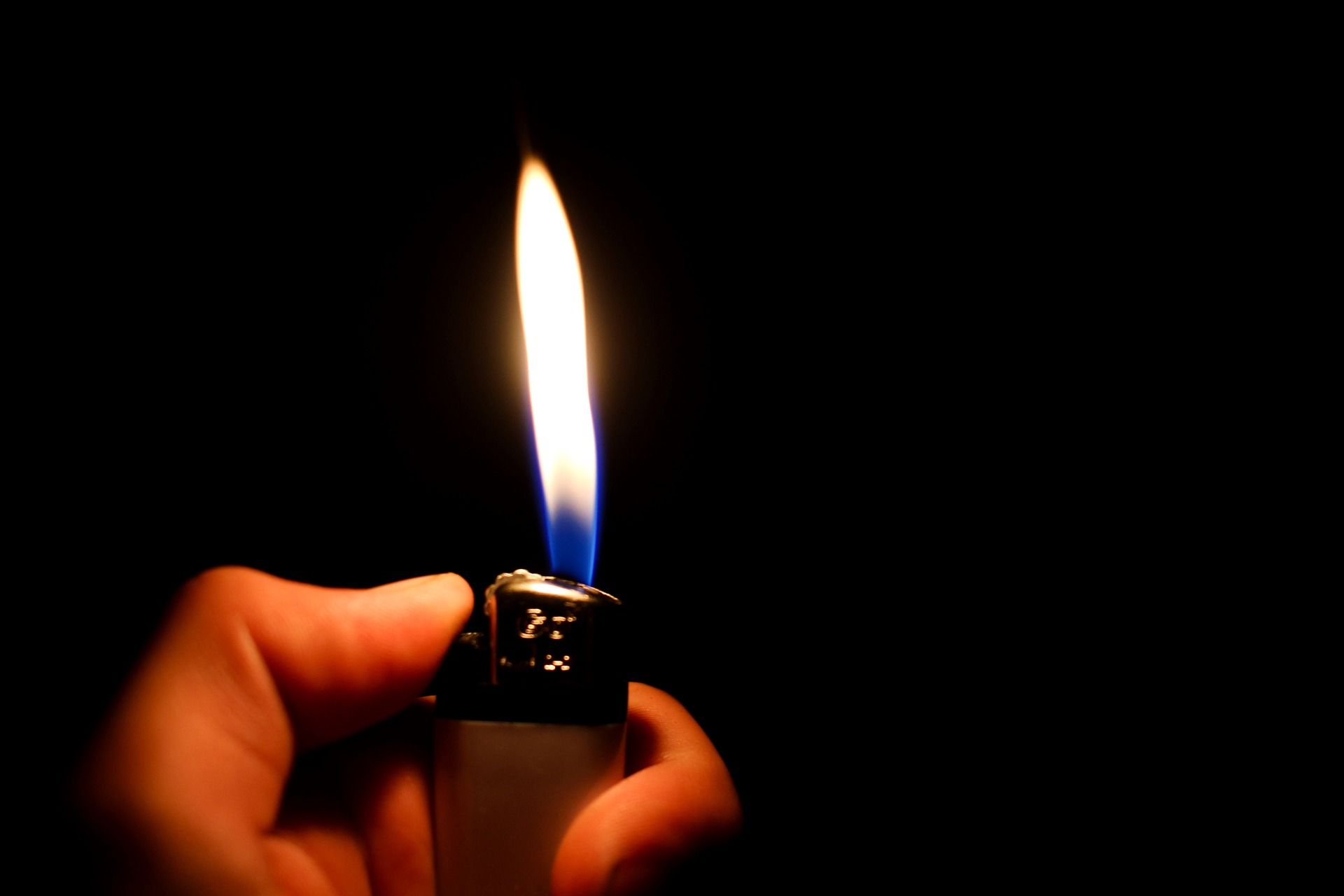From minor ones, such as cuts and grazes, to
larger ones, such as falls and impact collisions, accidents do happen from time
to time. While it's good to be optimistic about it, it's better to be safe and
prepared, with items that can help minimize the pain and suffering while
reducing the chances of the injury becoming worse. Whether it's in your home,
at the workplace, or in the car, having a first-aid kit within reach can make a
huge difference, as far as wellness is concerned. With the right tools and
items in your first-aid kit, you can easily lower the risk of infection in an
injury, prevent excessive bleeding, or reduce the severity of an ailment. You
can even eliminate the need for hospitalization of injured people while saving
on the costs they would have incurred if the injury or ailment got worse. Most importantly,
first-aid knowledge can help save a life!
However, most items in a first-aid kit start
becoming stale over time, especially if unused for quite a while, and, as such,
they need to be replaced with new ones. Administering first aid with rusty
tools, expired products, and used—and possibly contaminated—items would only
make matters worse. Additionally, innovations, such as newer wound treatment
technologies, are always coming up, and, as far as the medical world is
concerned, the contents of the first-aid kit are not to be left behind when it
comes to advances. For these reasons, your first-aid kid could be outdated and
needs to be restocked.

Here are some items you may want to consider
adding.
A Pain-Relief Cream
Sprains, strains, and aches are common in
everyday life. They may result from a fall, bad posture, or a simple twist
while walking down the stairs. However, some of these pains can worsen and even
last for weeks if they're not addressed as soon as possible, preferably on the
spot. Peter Tzemis, a medical professional and reviewer at cpoe.org, says that pain-relief creams are used by a wide range of
people, including athletes, construction workers, and people with muscle and
joint-ache issues. A good one will provide instant short-term relief from pain,
which makes it a great addition to your first-aid kit.
In addition to a pain-relief cream, other
creams you may need in your first-aid kit include:
- Insect repellant
- Antiseptic cream
- Antihistamine cream
Wound-Treatment
Supplies
Wounds from mild cuts, grazes, and burns are
among the most common accidents that require first aid. To be fully equipped to
address such injuries, you need to have a few wound-treatment supplies in your first-aid kit. Bandages, of course, are the
most obvious item most of us will think about. To keep your kit updated,
however, you'll want to ensure that it has enough:
- Adhesive bandages
- Adhesive tape (or duct tape)
- Triangular and crêpe-rolled bandages
- Distilled water (for cleaning wounds)
- Alcohol-free cleansing wipes
- Sterile gauze
- Medical gloves (disposable)
Tweezers and Cutting
Tools
While you may not have the skills to patch up a wound that is still bleeding, having some cutting tools in your first-aid kit can be very helpful in various situations. For instance, you'll need a pair of scissors to cut the bandage after rolling an adequate amount around the wound. You may also need a scalpel to cut duct tape. In case the wound is dirty or filled with debris, such as pieces of glass or wood splinters, first-aid tweezers will come in handy.

Cigarette Lighter
Many people may not know it, but a cigarette lighter is also an important item to have in a first-aid kit. Not that you'll hand the injured person a stick or a joint, but you can use it to sterilize items such as scissors and tweezers in case you need to use the same instrument on another person. Passing the blade over the lighter's flame for a few seconds should kill bacteria and other pathogens stuck on its surface. You can also use it to start a fire to keep warm or send a smoke signal in case you're in the wilderness and trying to put out an SOS.

Medications
A first-aid kit should also contain certain
common medications. These may include pain relievers such as ibuprofen and
acetaminophen, laxatives, antacids, antihistamines, and medications for
colds/coughs. It's also important to have some aspirin in the kit, just in case
you run into someone complaining of unexplained chest pain, as they could be
having a heart attack.
A first-aid kit can really be a lifesaver.
However, it can only do as much as it is equipped to do. Especially if you
bought a ready-made first-aid kit, check to see that it contains enough of the
items mentioned above and update accordingly, if needed.

